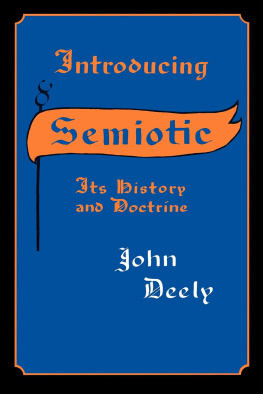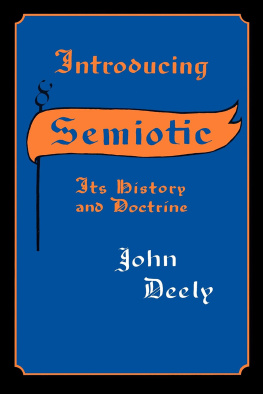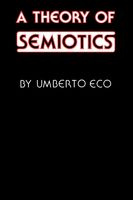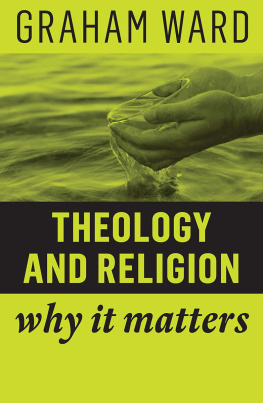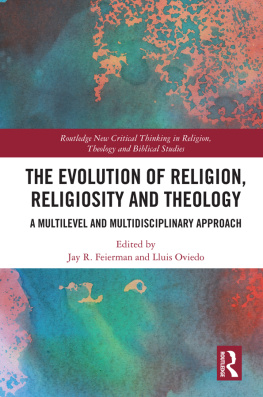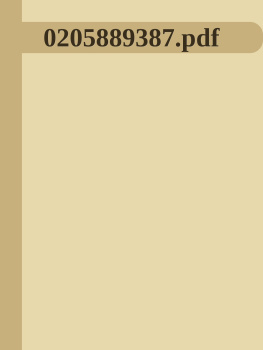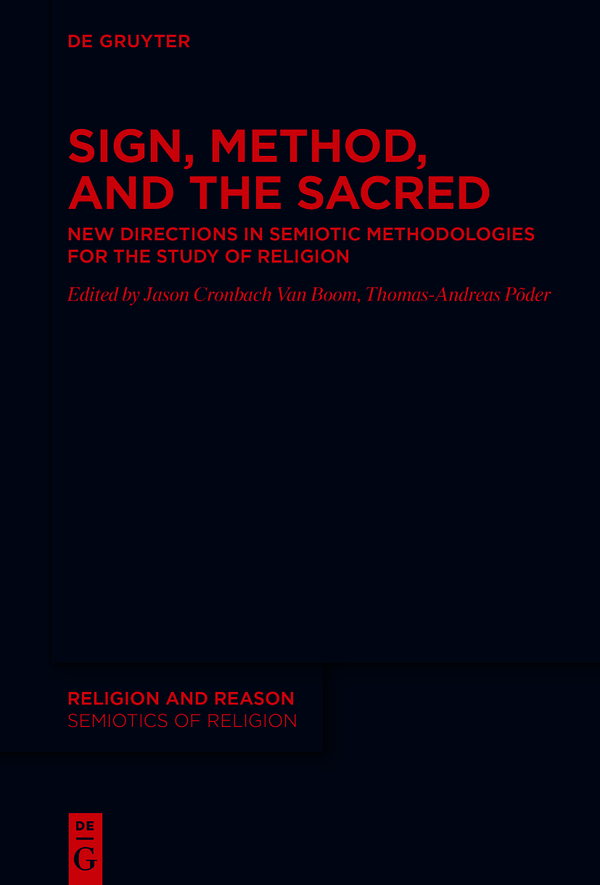The Deutsche Nationalbibliothek lists this publication in the Deutsche Nationalbibliografie; detailed bibliographic data are available on the Internet at http://dnb.dnb.de.
Introduction
The present edited volume, based on a multi-panel session on semiotics of religion held at the annual conference of the European Association for the Study of Religions (EASR) in Tartu, Estonia (25 to 29 June 2019), aims to provide a further contribution to exploring, theorizing about and thereby shaping religion via engagement with semiotics. Arguably, there are signs indicating a revival of semiotics of religion emerging and spreading since the first decade or so of our new millennium. At the same time, to the extent that semiotics of religion implicates a relation between semiotics and religion, and thus a mutual dialogue, there is reason to hope that the volume contributes also to the understanding and practice of semiotics. What is the significance of semiotics if we consider the field of religion? A sign implies a difference and can neither be understood nor explained by itself. Similarly, the meaning of semiotics can only be determined, critically questioned and developed further in relation to something else. Therefore, what is semiotics in relation to religion?
In this editorial introduction, I briefly and provisionally comment on previous tendencies and older directions in the history of semiotics of religion (section 2). I make no claims to comprehensiveness because such a history is still a desideratum and needs yet to be written. However, the way I sketch developments from the 1960s to the start of the 2000s intends to bring attention to the following three aspects.
First, semiotics of religion encompasses various scholarly modes of approaching the study of religion. Most of this books chapters discuss and exemplify applications of semiotic methodologies to concrete topics or issues perceived as religious. Some chapters contain suggestions, more or less explicit, for why categorical separations between religious studies (construed in a narrow sense), philosophy and theology ultimately cannot succeed for semiotic reasons. This does not mean, of course, that their differences are not, cannot or should not be relevant. Rather, the books editors hope that we acknowledge their intertwined history and consider the continuation of a transdisciplinary dialogue as a never-ending task.
Second, if we take the study of religion in the wider sense as a methodologically disciplined engagement with religion, semiotics of religion has undergone various transformations since the 1960s. Two types of dynamics have played a role here: the dynamics of semiotics as a discipline, in both general theory and specific applications, as well as the dynamics of the study of religion in its interdisciplinary breadth. Nevertheless, German speaking theological scholarship provides a striking illustration of a continuing and widening interest in many of its branches in semiotics, as shown below. This one example reminds us, the global community of inquiry, that research in semiotics of religion takes place today at a worldwide level. Although English is the contemporary lingua franca, this research area is developing in diverse languages and contexts. Yet this gives even more reason to find and develop means of communication and cooperation.
Third, after having stated the first two aspects, it is nevertheless true that in the present book scholars who very likely would not characterize themselves as theologians or philosophers of religion have authored most of the chapters. As stated in the beginning, the originating context of the volume was a general religious studies conference at a European level with more than 600 participating scholars worldwide, having for the first time in their program sessions dedicated specifically to semiotics of religion.
After a comment on older directions, I elaborate new directions of semiotic methodologies for the study of religion with the focus lying on the present volume (section 3). I start with preliminary considerations and a few suggestions for clarification regarding terminology (3.1). I then give an overview of current general tendencies, highlighting the main points of connection between the books chapters (3.2) as well as explaining the books basic structure, culminating in a panoptic view of the content of individual chapters (3.3). In doing so, the issues and challenges that the book addresses, as well as the array of methodological perspectives presented by the contributors, become manifest. A conclusion (4) with a focus on a more inclusive study of religion and on semiotics of religion in the making completes this introduction.
Historical remarks on older directions
It is a commonplace to trace the beginnings of the institutionalization of contemporary semiotics back to the 1960s, with its main centers in French, Italian, Russian and German speaking cultures. The statement corresponds to the way representatives of an important branch of semiotics of religion perceive its genesis. In this light, the beginnings of contemporary semiotics of religion connect closely to linguistics, structuralism and literary analysis. The Turin scholars mention two pioneering and still active journals in French as platforms enabling one to monitor the results and developments of semiotics of religion over time until the present. These are Cahiers Evangile (Notebooks of the Gospel, founded in 1972), addressing a wider audience and Semiotique et Bible (Lyon, founded in 1975), dedicated to dialogue between biblical and language sciences. It is noteworthy that both periodicals, referred to as exemplifying the dynamics of semiotics of religion, relate to critical biblical studies or exegesis of the Bible. The journal Linguistica Biblica, established in Bonn in 1970 and edited until 1993 by Erhardt Gttgemanns (19352008), also belongs to this context. It described itself as an interdisciplinary journal for theology and linguistics and later for theology, semiotics, and linguistics.
A retrospective edited volume on semiotics and biblical studies (, 27).
One of their most vibrant connections was with the Faculty of Theology at the Catholic University of Tilburg in Holland, where a working group established itself in 1976, including, in addition to exegetes, scholars of liturgy and religious education (catechesis). They became known as Semiotic Analysis by Dutch Theologians (acronym in Dutch SEMANET). They published the first results of their research, developed in the tradition of the Paris School of A.J.Greimas, collectively in 1981. Gerard Lukken (b. 1933) became their most prolific representative. The focus of his semiotic studies in 1980s and 1990s did not, however, lie in biblical literature but in (Christian) ritual, including liturgy and sacraments, ).
I have already referred to Germany because of the journal Linguistica Biblica (established 1970). A multiauthor volume Zeichen: Semiotik in Theologie und Gottesdienst (Sign. Semiotics in Theology and Worship


